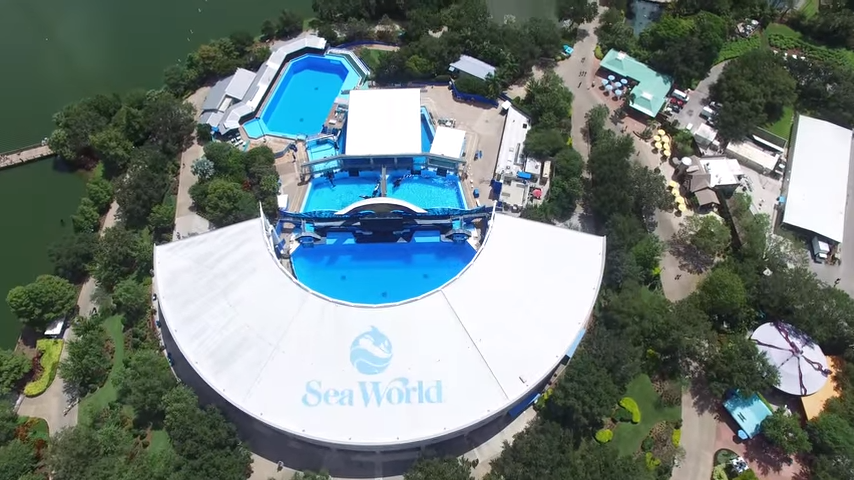
SeaWorld’s commitment to end theatrical orca shows is apparently still on track to be implemented by the end of 2019, according to the company.
In March 2016, former SeaWorld CEO Joel Manby made waves with a game-changing decision for SeaWorld’s future. The company pledged to end its orca breeding program and transition its killer whale exhibitions from theatrical shows to educational presentations by 2019. Three years later, though, the company’s promises are somewhat unfulfilled. Only one of the three SeaWorld parks has completely transitioned its orca show.
SeaWorld San Diego was the first park to roll out the changes, debuting Orca Encounter in May 2017. The show combined educational information displayed on a stunning LED screen and naturalistic background with breathtaking killer whale behaviors such as porpoising, spyhopping, and breaching. Although the show was criticized as “slow and boring,” a few changes have been made since its debut to add more interesting killer whale behaviors in-between scenes.
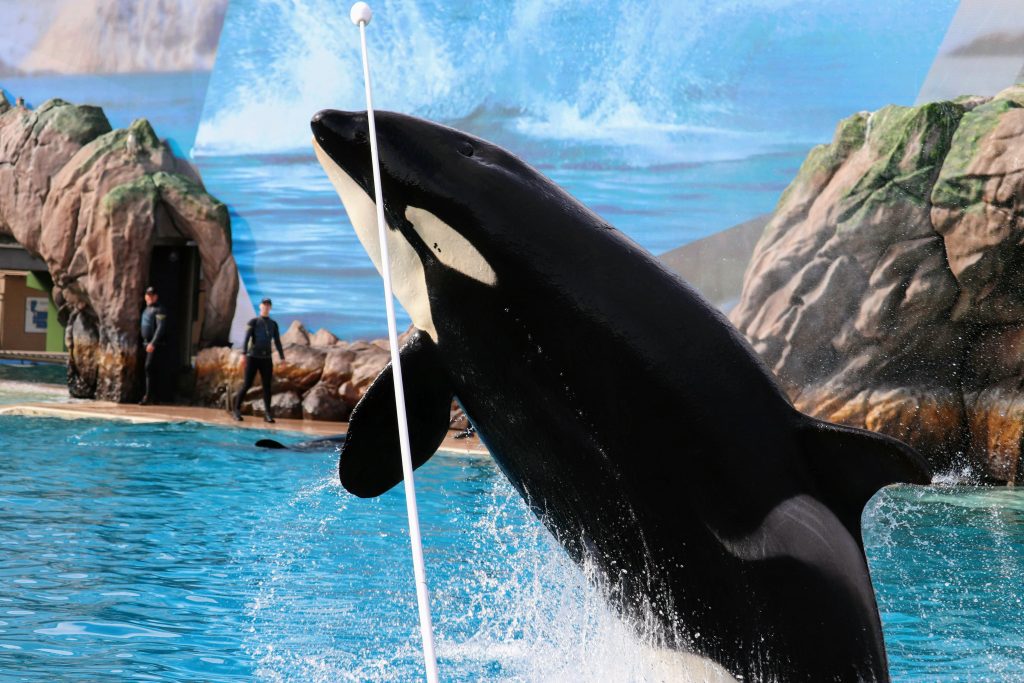
However, the San Diego park’s transition to Orca Encounter was not a success in terms of attendance numbers. The intense marketing of the “end of killer whale shows” caused many people to believe that SeaWorld was getting rid of their killer whales entirely. This is reflected in reduced annual pass sales and “deteriorating” attendance numbers. Attendance at the park declined 15% from 3.6 million in 2016 to 3.1 million in 2017.
From 2017 until now, there have been no indications that the SeaWorld parks in San Antonio and Orlando were preparing to change their current One Ocean shows. However, according to a park spokesman, the changes will take place by the end of the year. “We are on track to transition our orca shows to educational presentations — as we did in San Diego — in Orlando and San Antonio by the end of 2019,” a SeaWorld spokesperson told the Orlando Business Journal.
With less than three months left until year’s end, it can be assumed that the parks won’t be tearing out the iconic whale-tail sets and replacing them with naturalistic backgrounds in the near future. Instead, we can expect the new shows to be somewhat similar to the current educational shows that the parks already offer. In recent months, the One Ocean shows have been modified to include more educational segments that showcase the bond between animal and trainer, as well as inform the public about how research studies on the orcas in human care are helping wild populations.
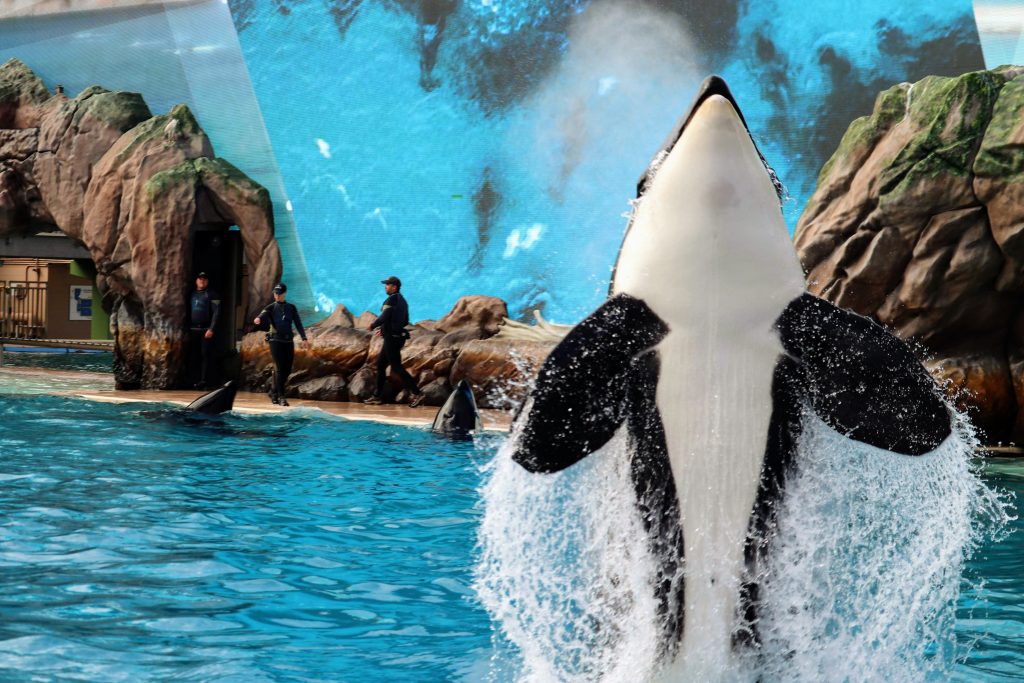
Now, the question remains how long the current Shamu sets will last at SeaWorld San Antonio and Orlando. The LED screens at SeaWorld Orlando are in the process of receiving a refurbishment, which suggests that a naturalistic background will not be coming in the near future. A major hurdle to the complete transition to Orca Encounter is the steep cost, which is reportedly similar to the cost of building a small-scale roller coaster. Is the company willing to spend that much on an attraction that hasn’t been proven to increase attendance or revenue?
Regardless of the direct impact of the orca show change-out, it’s evident that something needs to be done about the current shows at the San Antonio and Orlando parks. One Ocean has already been in production for eight years; the songs and faded whale-tail setup are starting to appear archaic in the eyes of the public. If SeaWorld wants to convey the image of an organization that is committed to groundbreaking scientific research, its facilities must reflect that. If there’s one thing that SeaWorld San Diego’s Orca Encounter gets right, it’s the amazing naturalistic backdrop. People who watch Orca Encounter think of an educational documentary, while people who watch One Ocean are more likely to compare it to a circus.
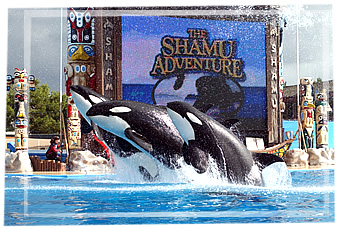
While some may criticize Orca Encounter and educational shows as moving away from SeaWorld’s core and giving into animal rights activists, it’s really moving closer to what SeaWorld is all about. One of the best shows that SeaWorld ever featured was The Shamu Adventure which ran from 1998 through 2006. The show contained educational information presented by “Jungle” Jack Hanna on a large screen combined with awe-inspiring killer whale behaviors. The show wasn’t about the songs or trainers – it was about the animals. If SeaWorld can produce a show that has the same mix of education and inspiration as The Shamu Adventure, it will be a presentation that is popular with all demographics.
Although SeaWorld wouldn’t give any additional details about the future of its orca shows, there are still many questions to be answered. Will the shows be more similar to One Ocean or Orca Encounter? Will there be summer and Christmas iterations of the upcoming educational shows? Is this a temporary fix, and will the Orca Encounter sets be implemented in the future? If SeaWorld can find the right balance between educational material and awe-inspiring killer whale behaviors, the park’s orcas will continue to inspire generations to come. However, if the park lets its cetacean exhibits become archaic and outdated, there will be more problems ahead. The parks’ killer whales are one of its biggest assets, and the company cannot simply “swim away” from its orca situation.
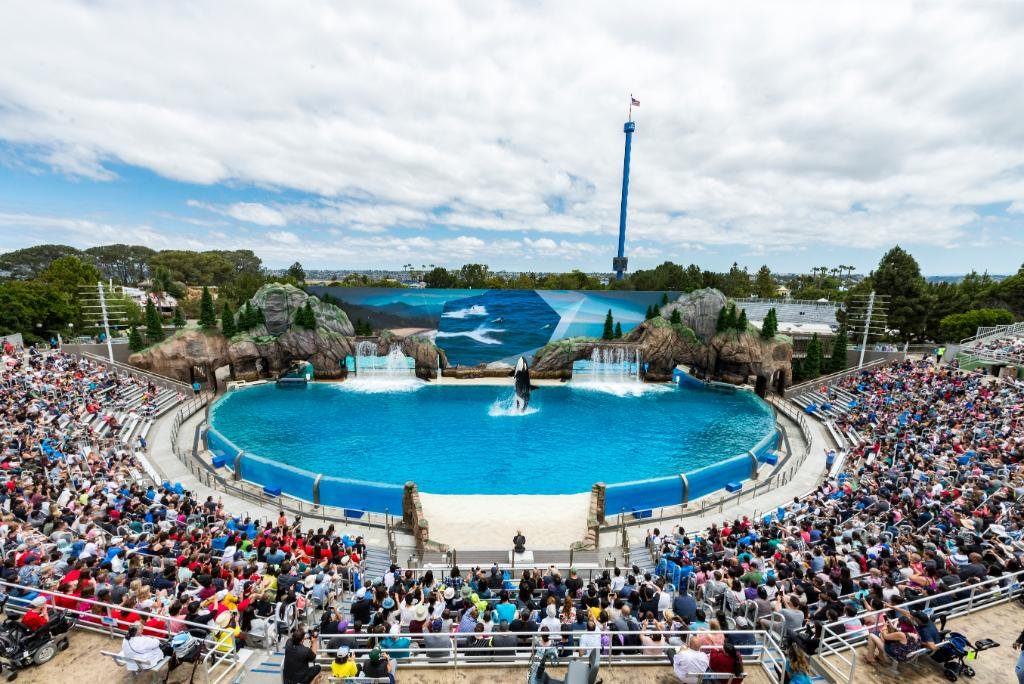
Stay tuned for more from SeaWorld, and be sure to get social with us on Facebook and follow along with us on Twitter @BehindThrills for the latest updates!
For our latest theme park videos please be sure to subscribe to us on YouTube!


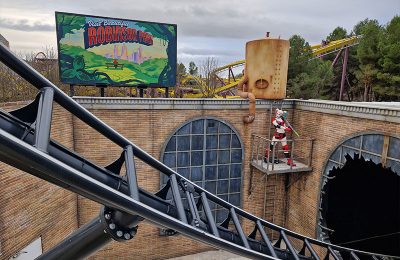

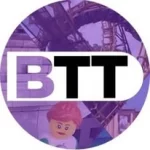




 Concerts, Food,
Concerts, Food, 









 #velocicoa
#velocicoa


 #kingsdominion #i305
#kingsdominion #i305 




 on top of the world
on top of the world